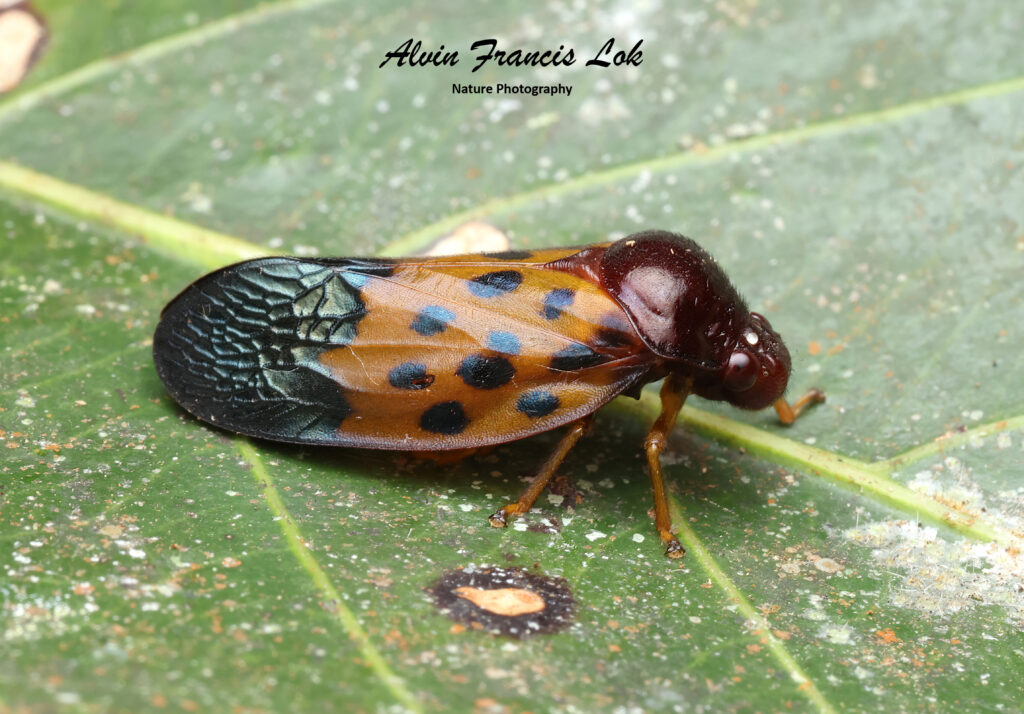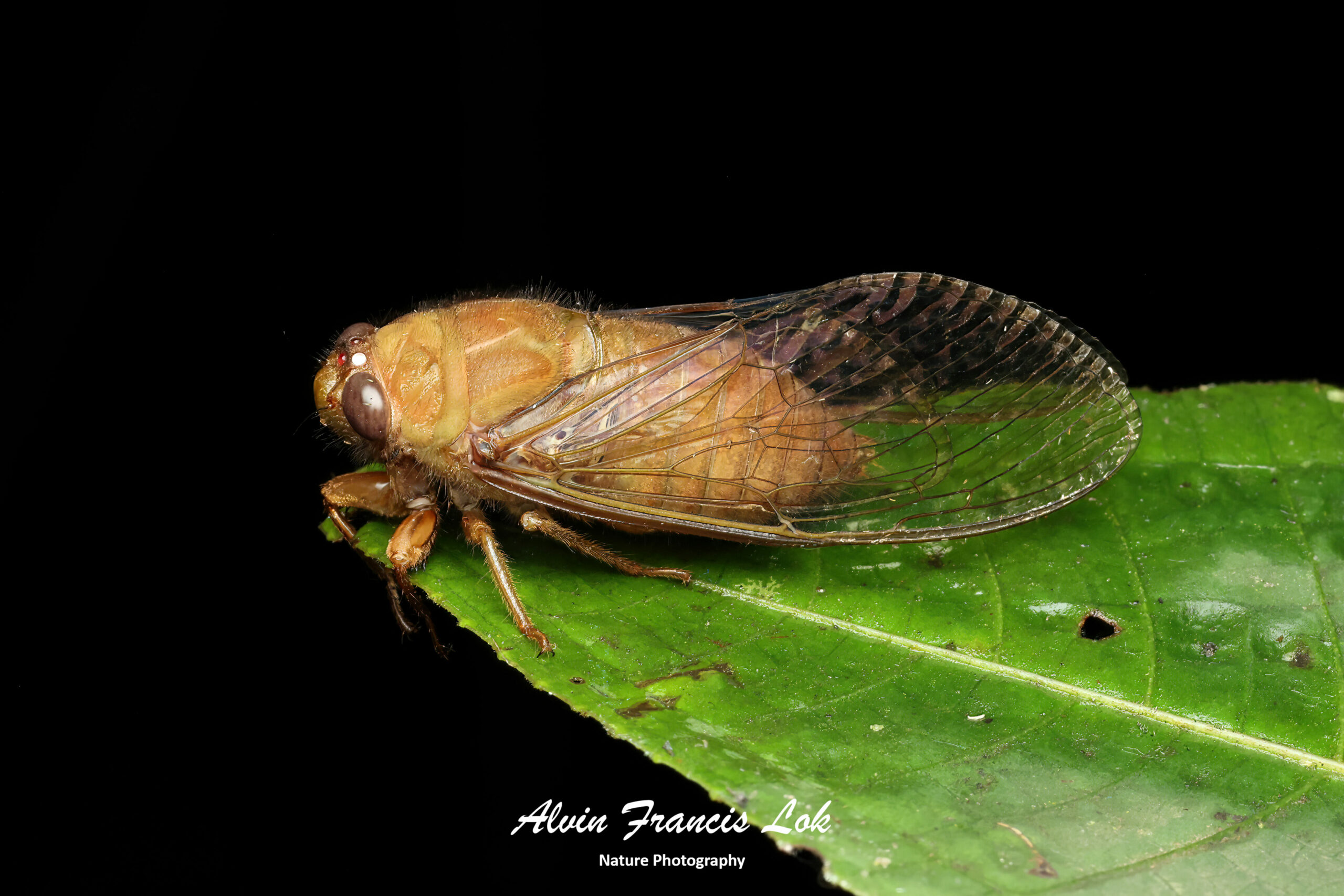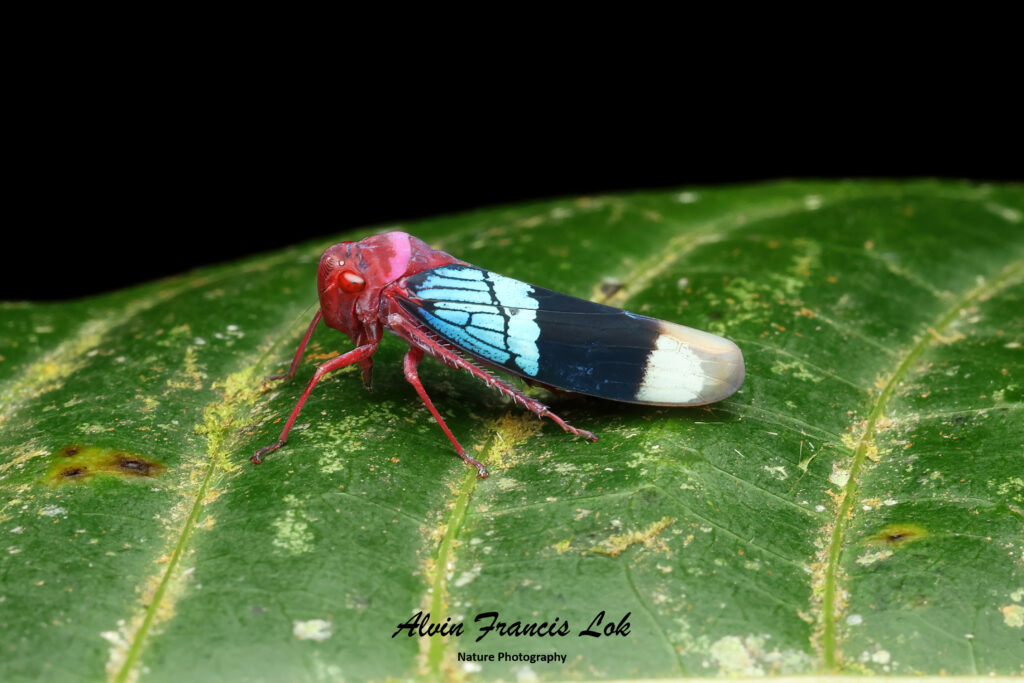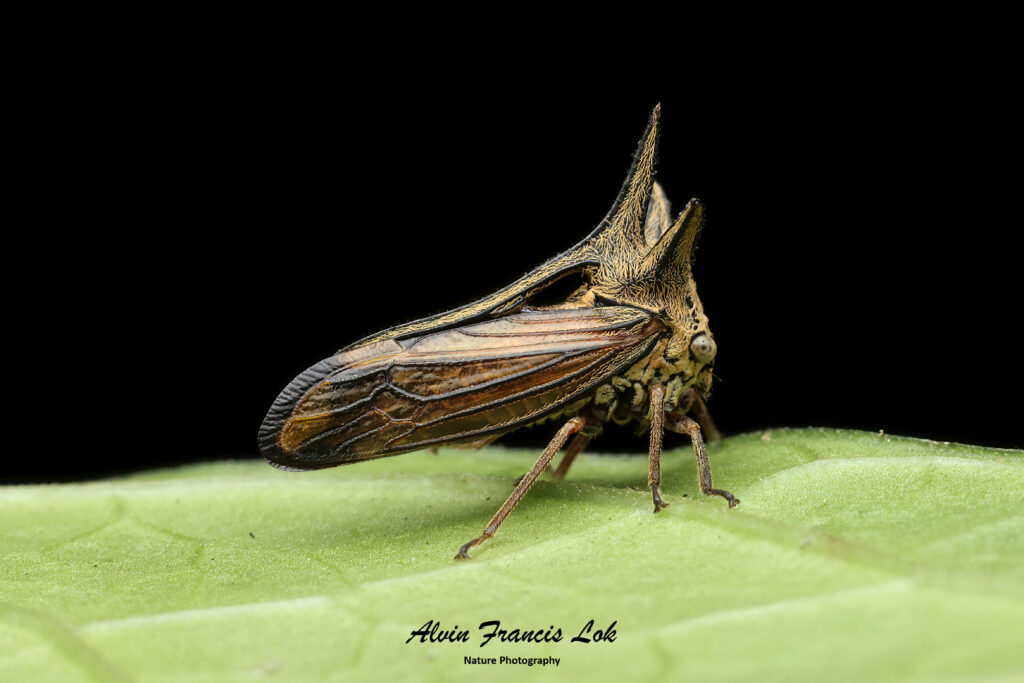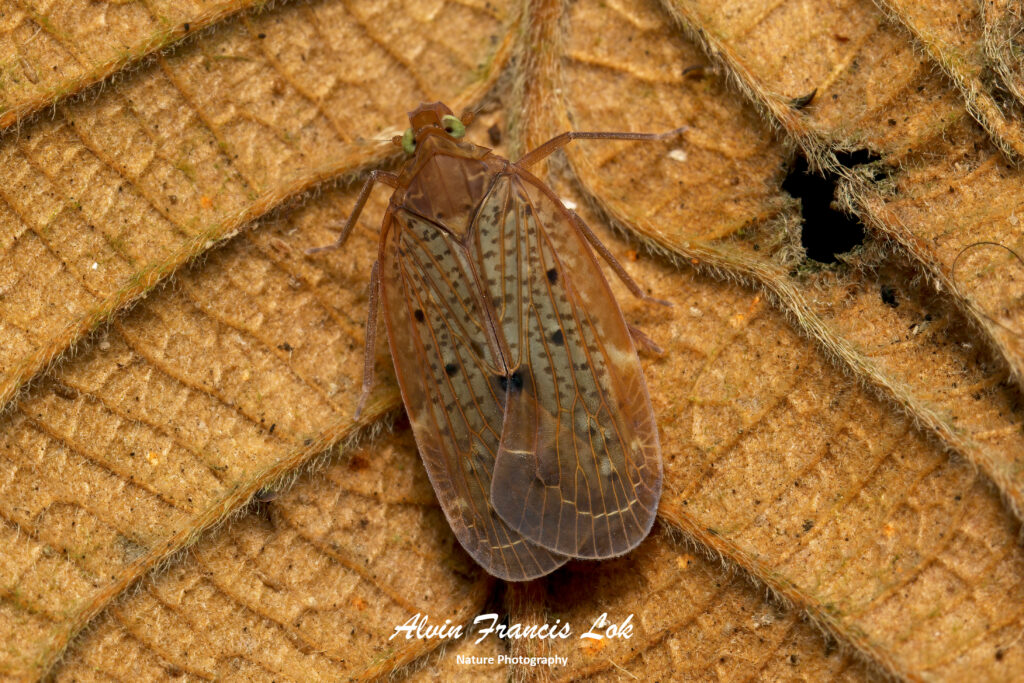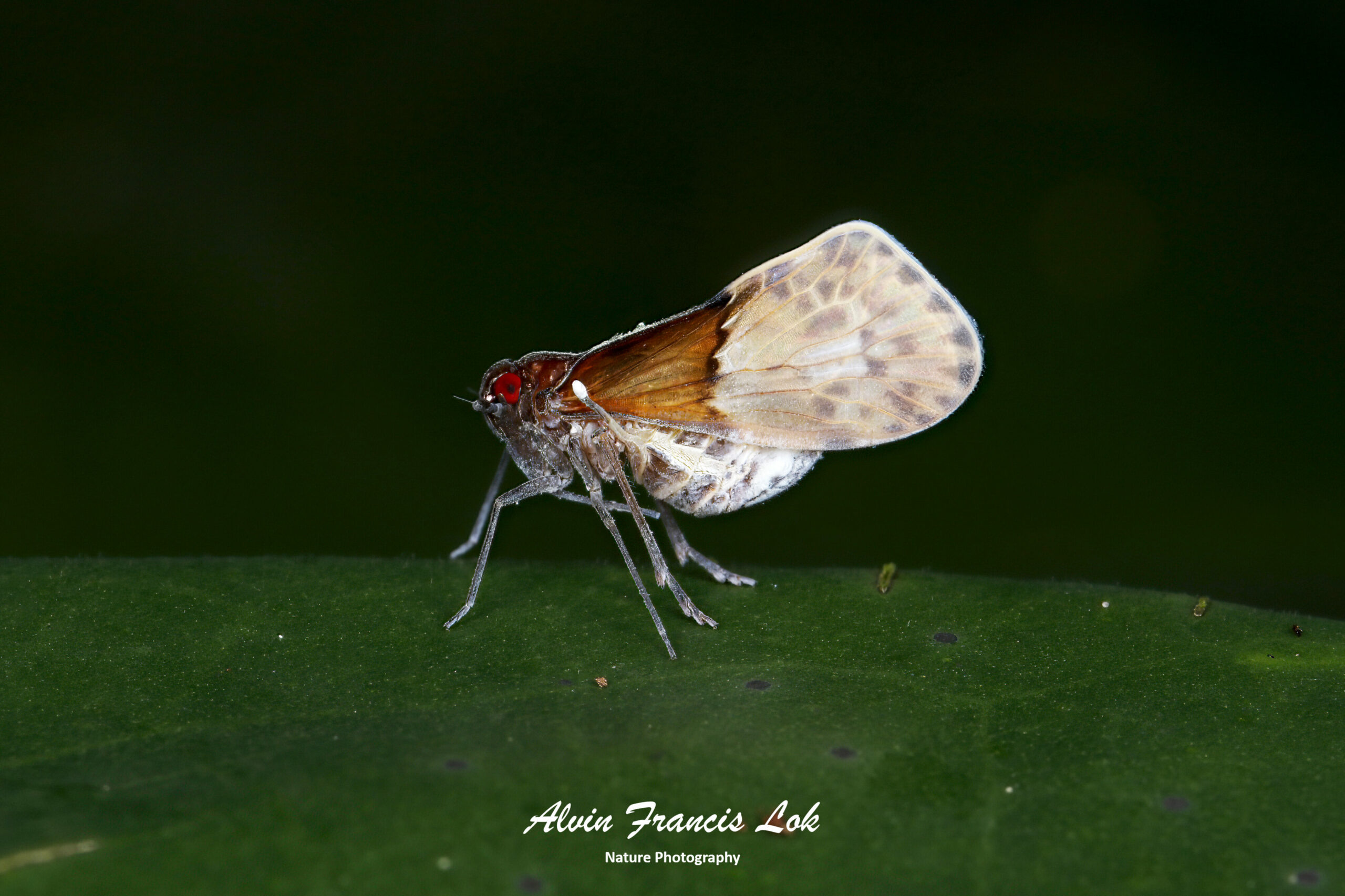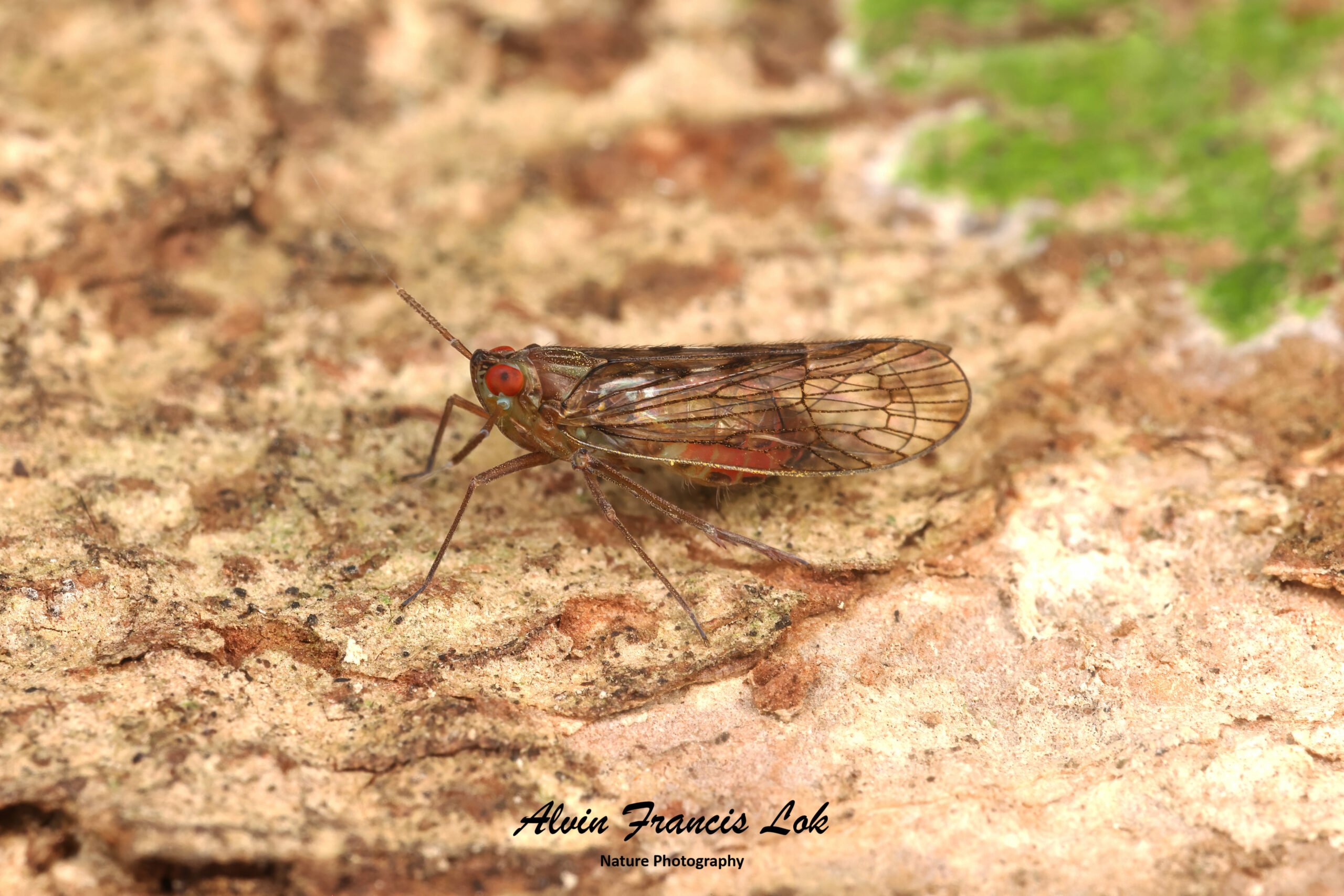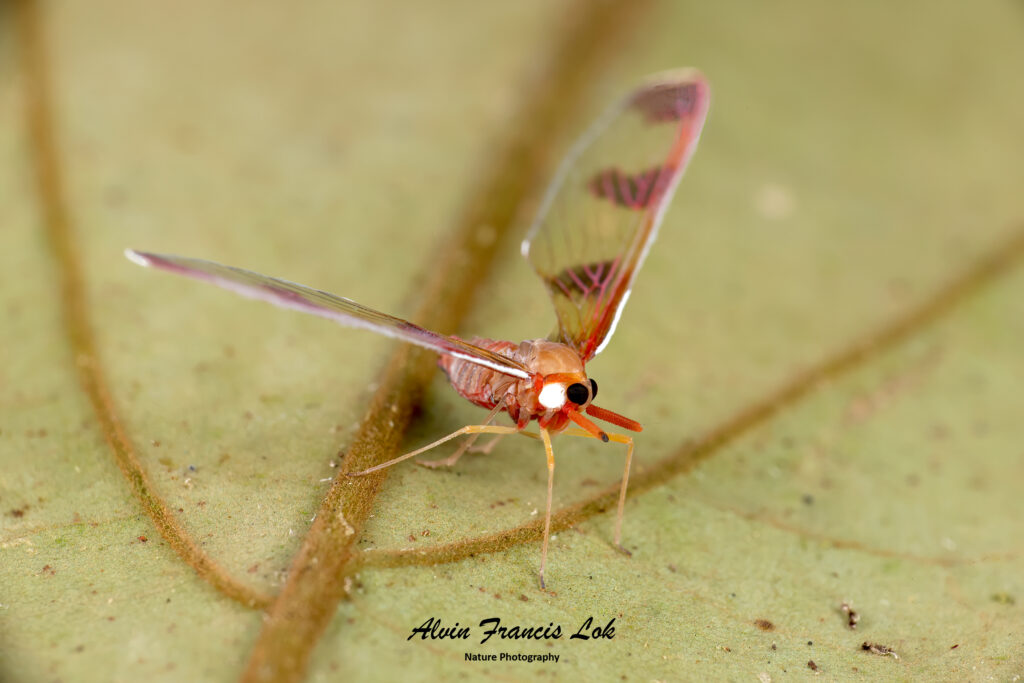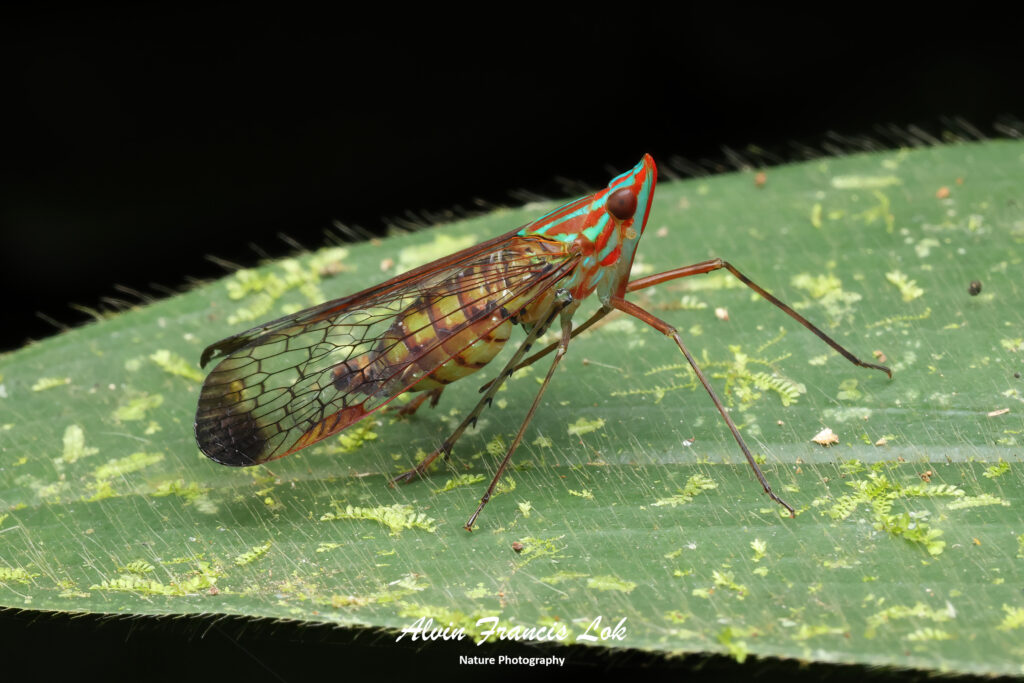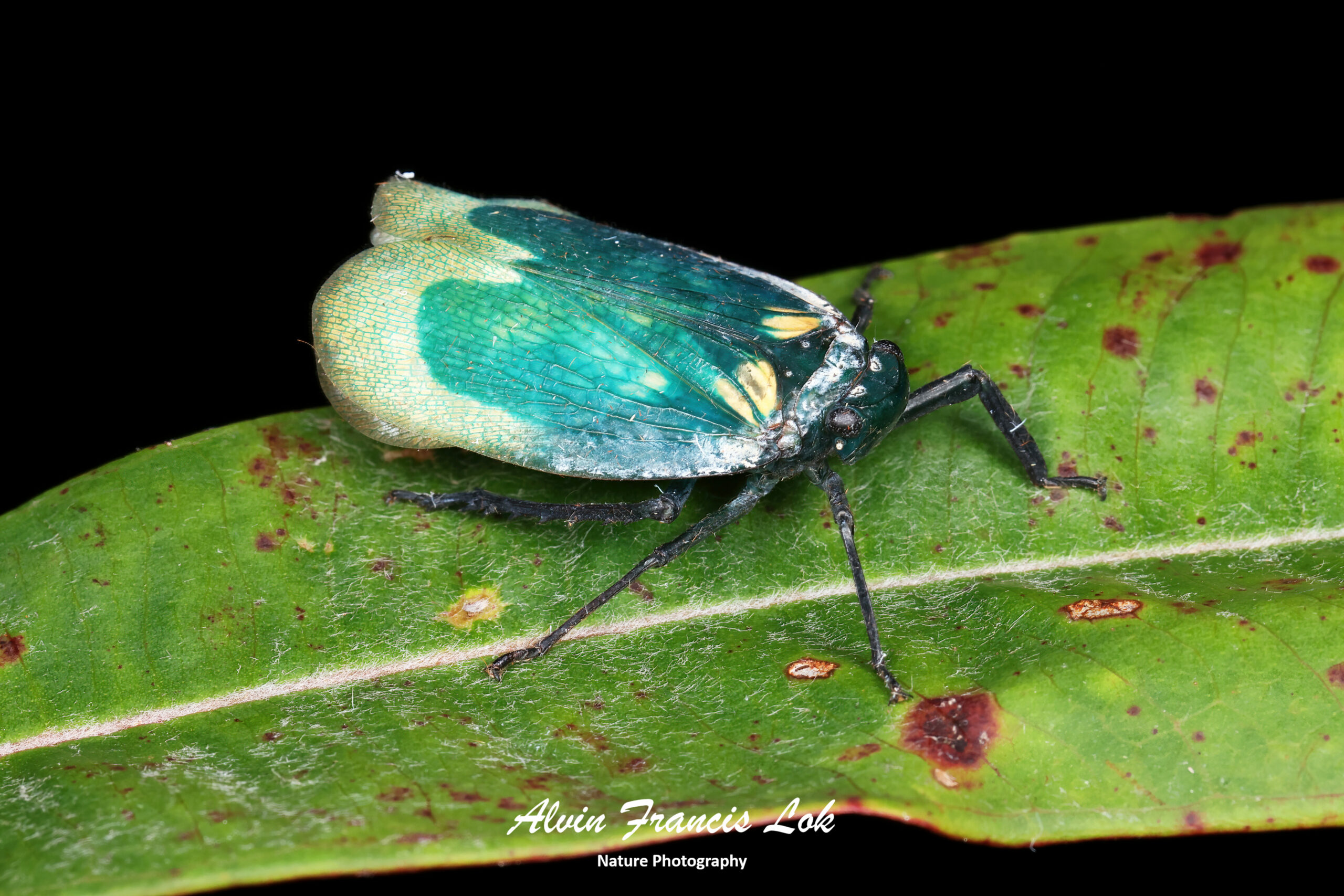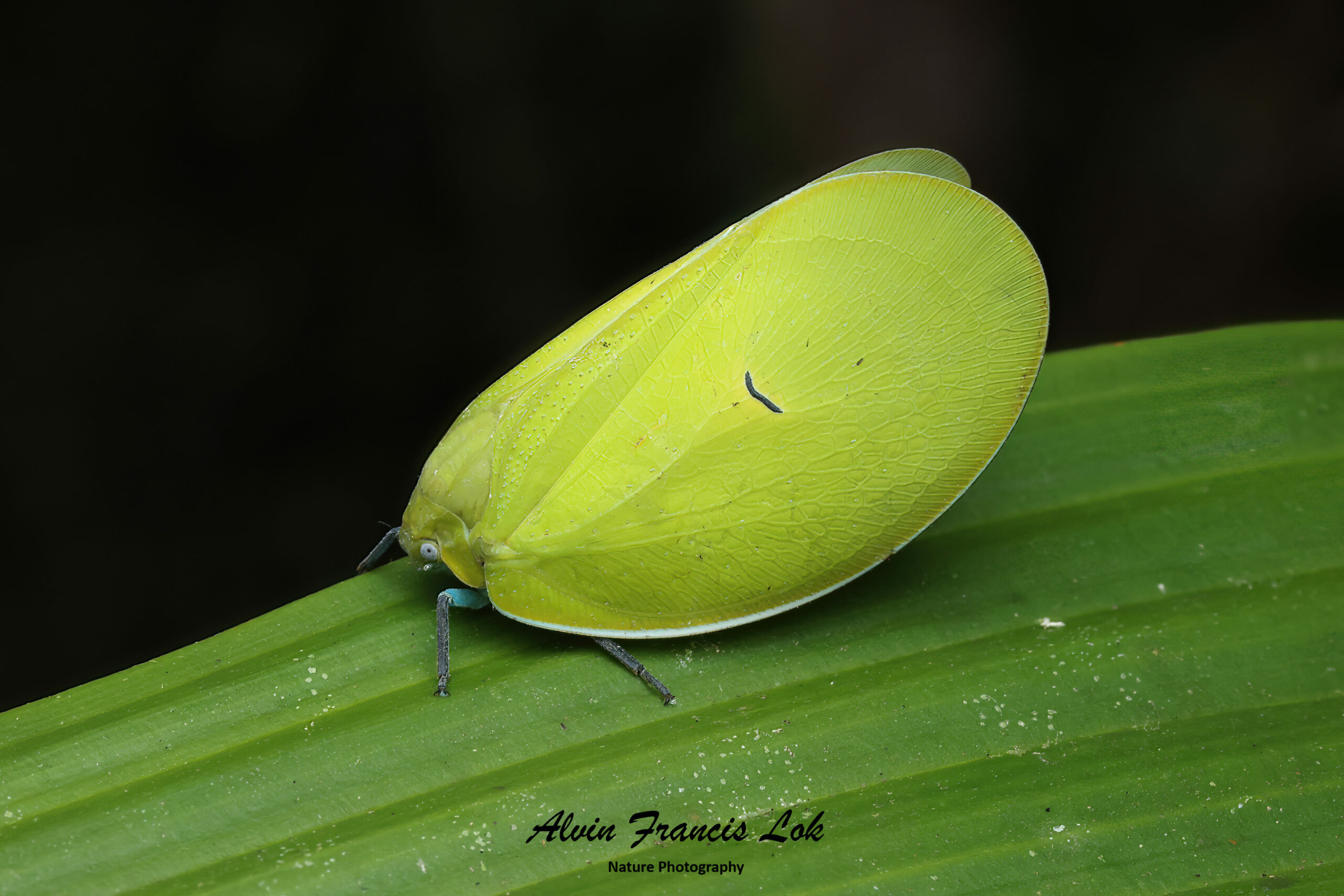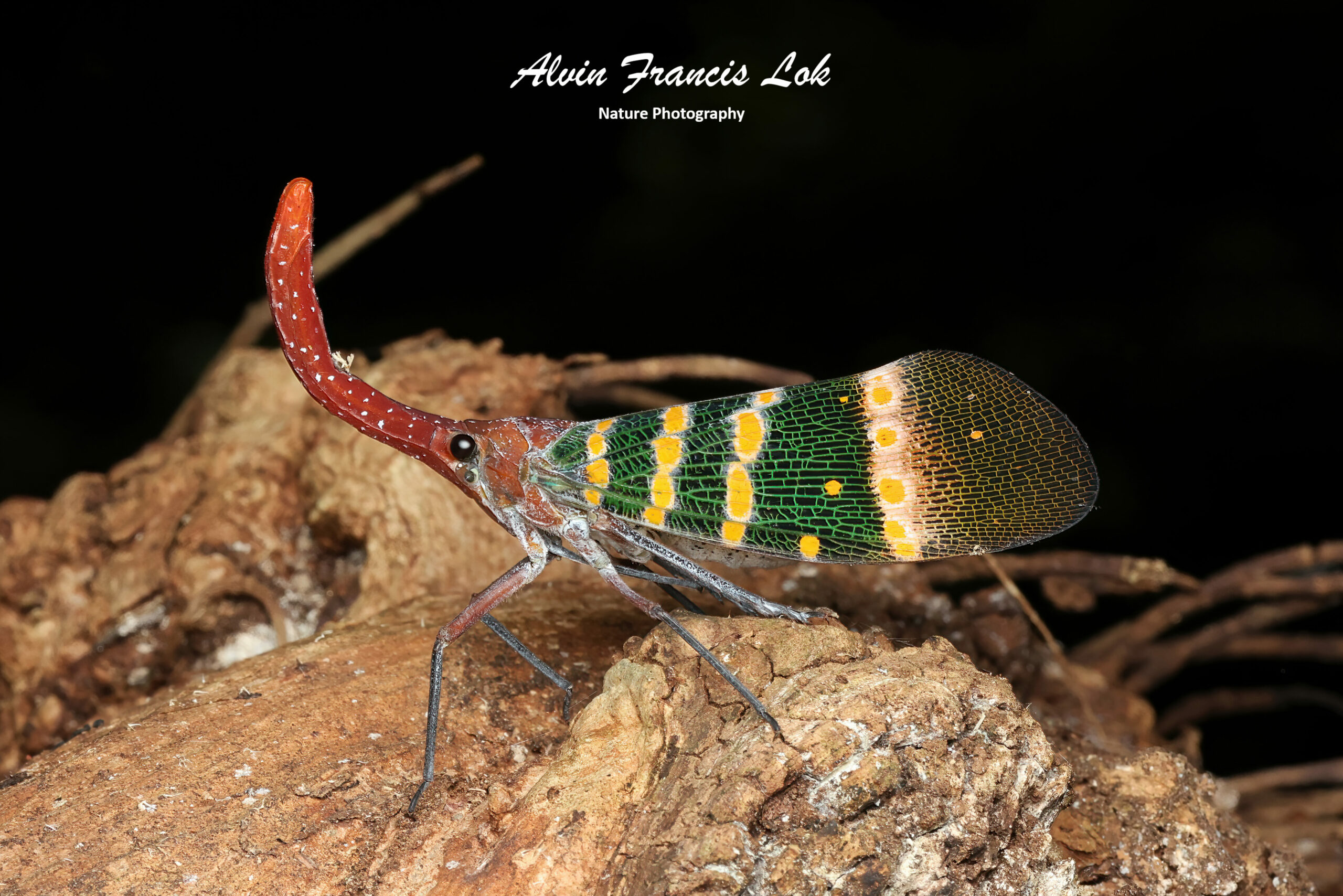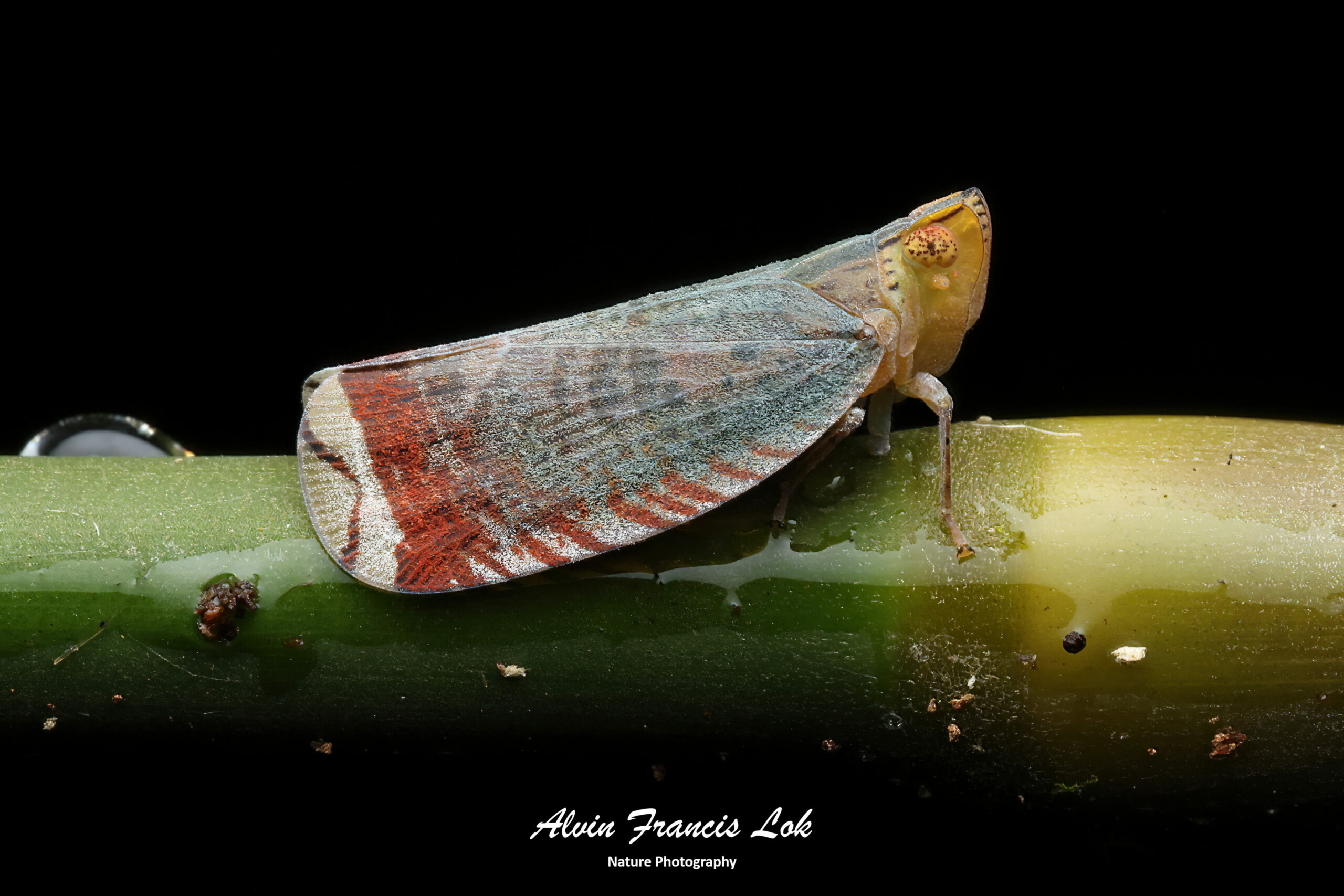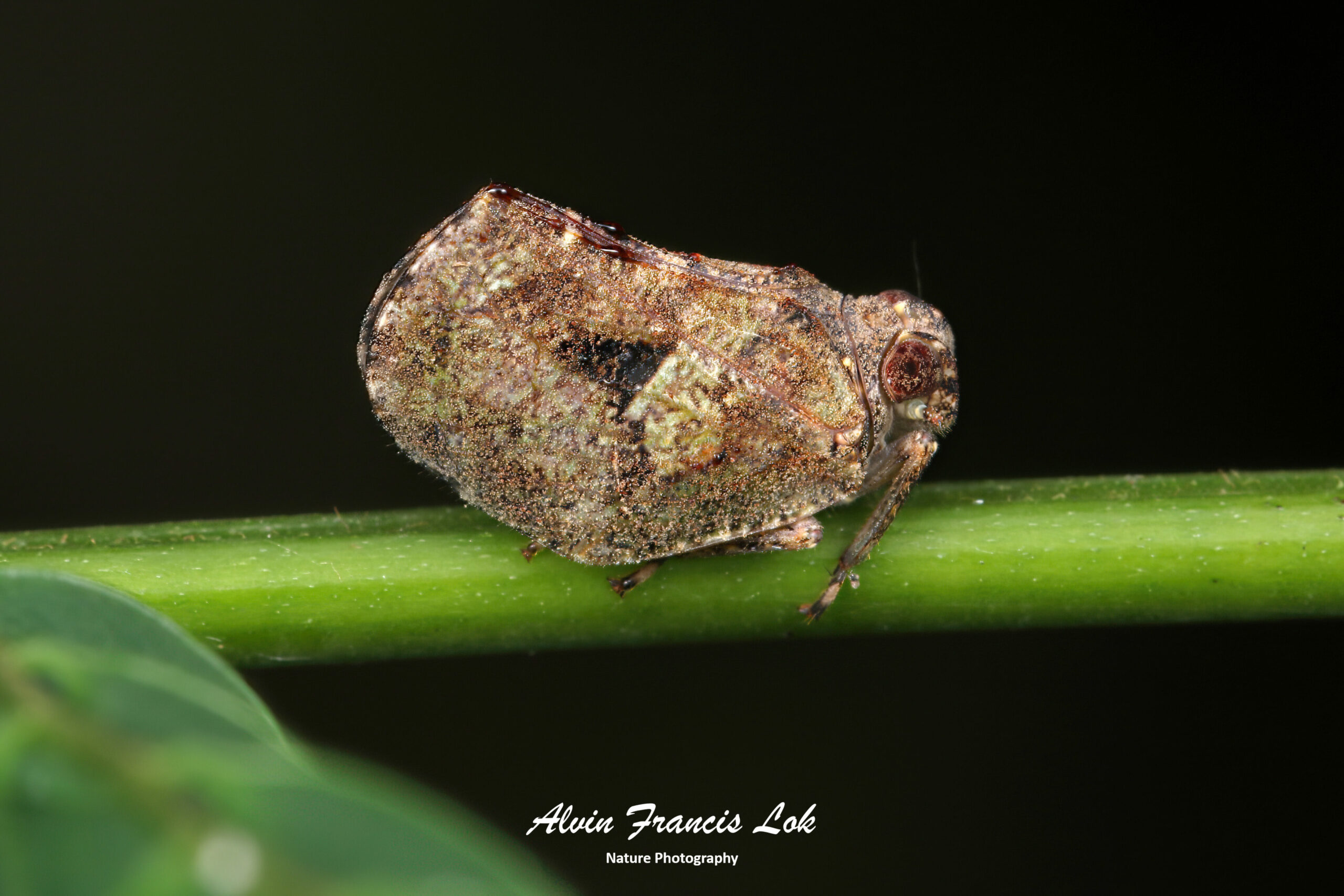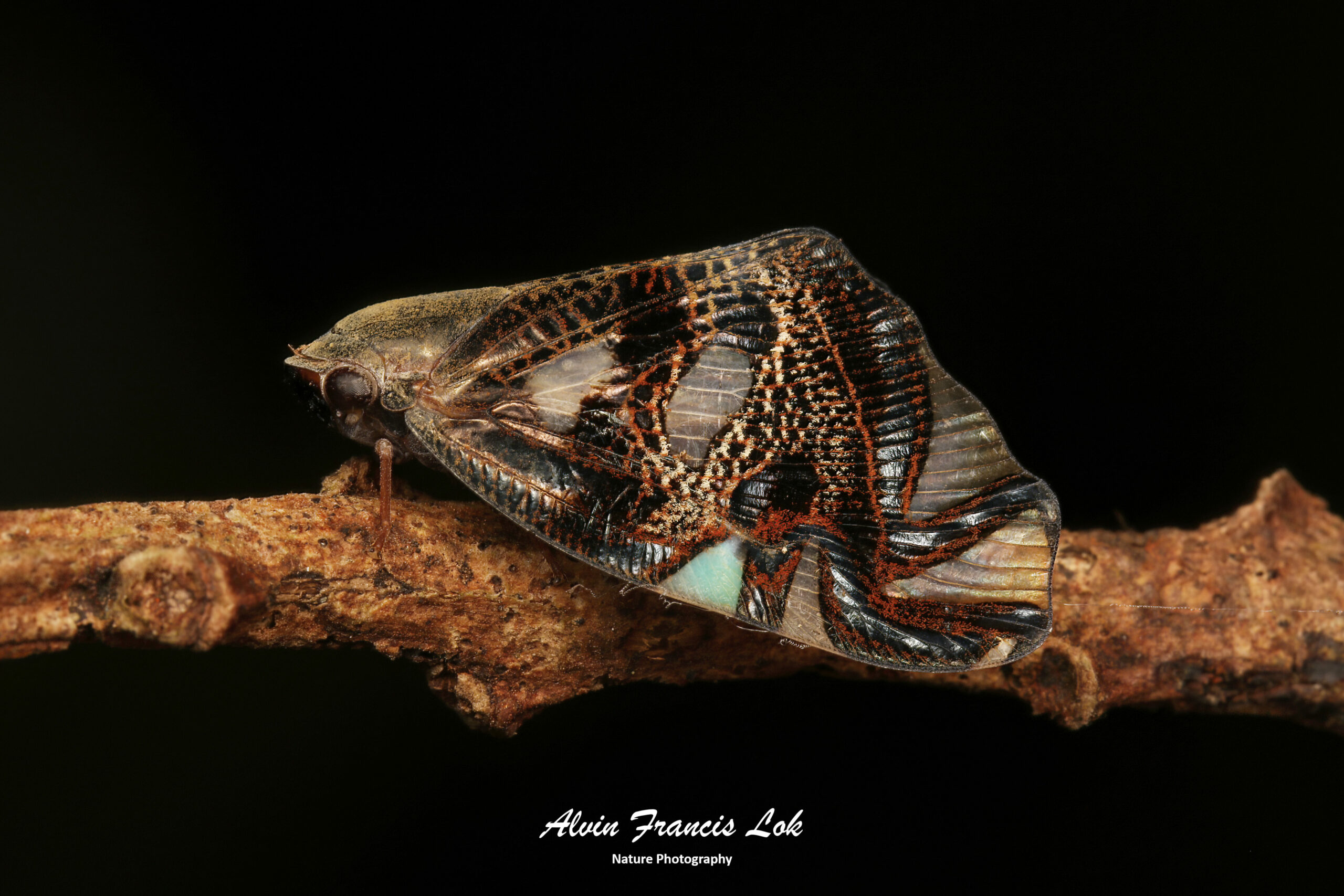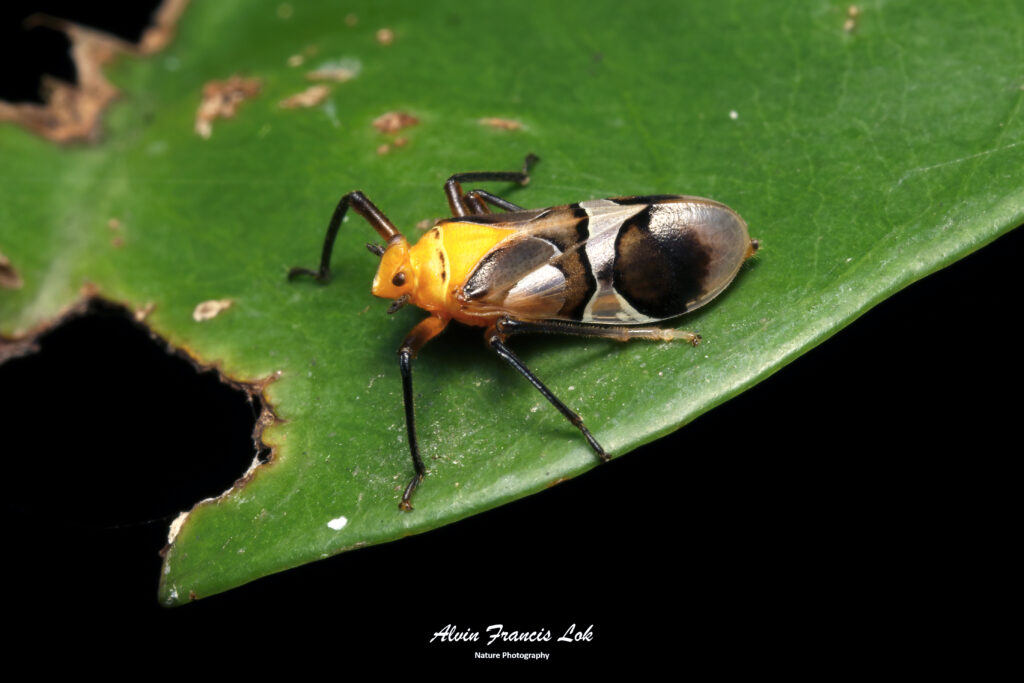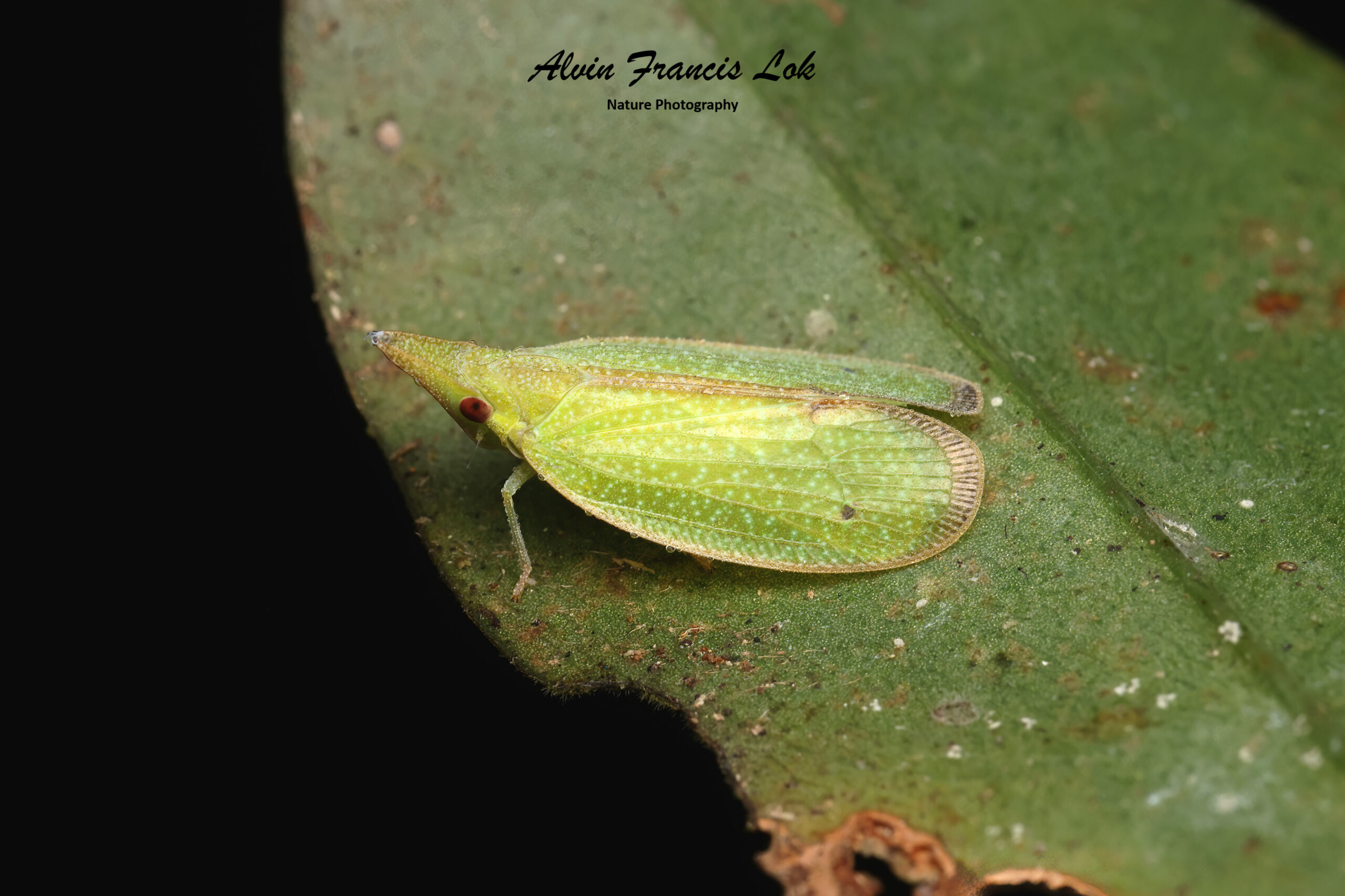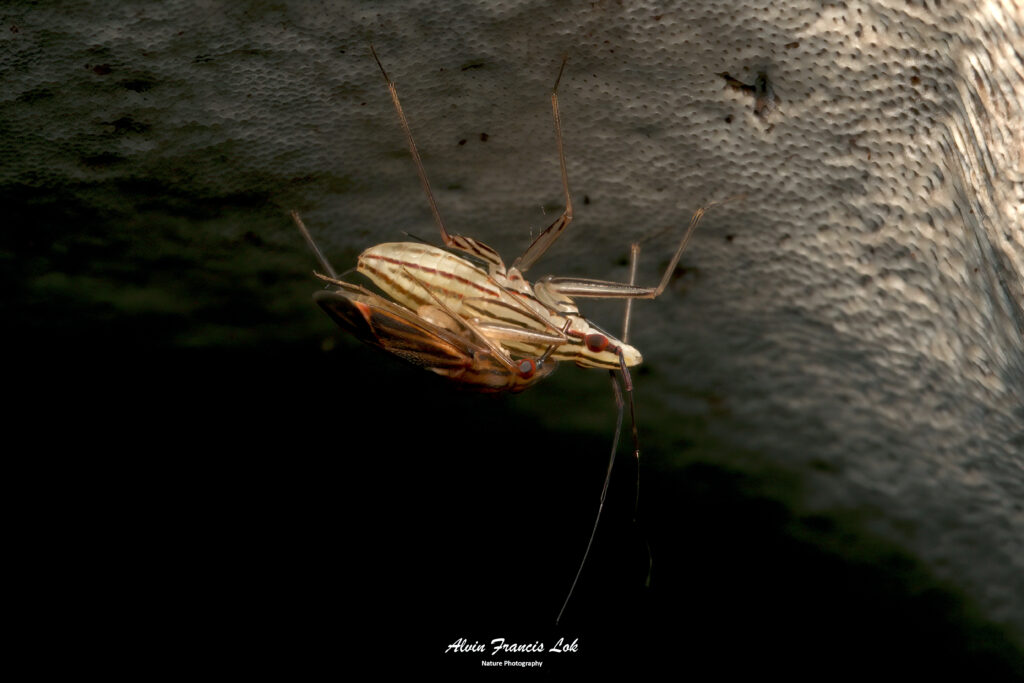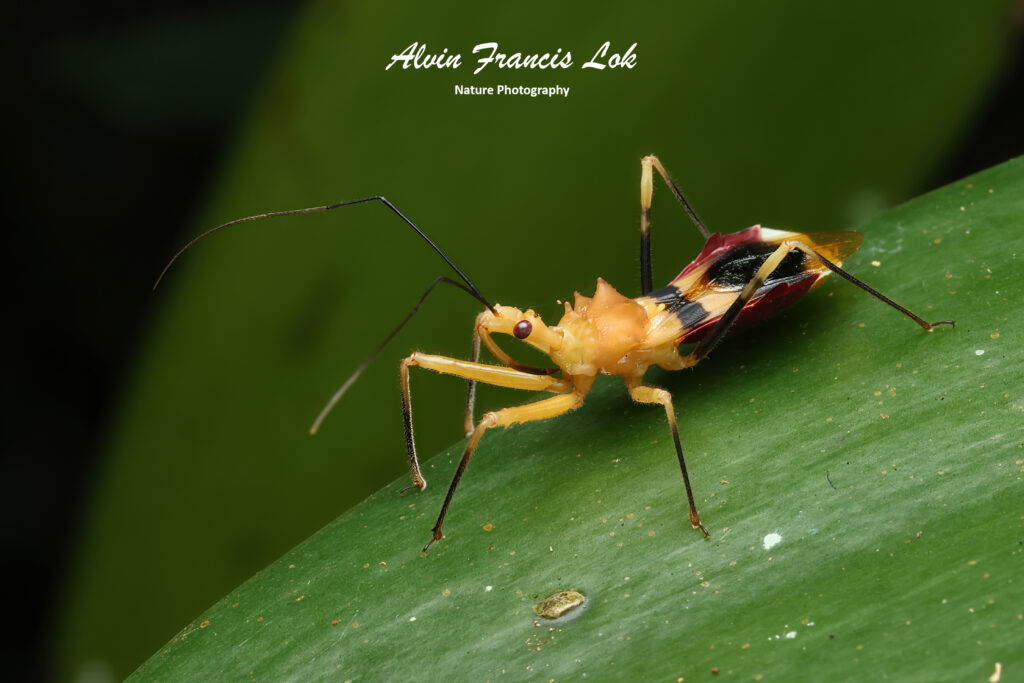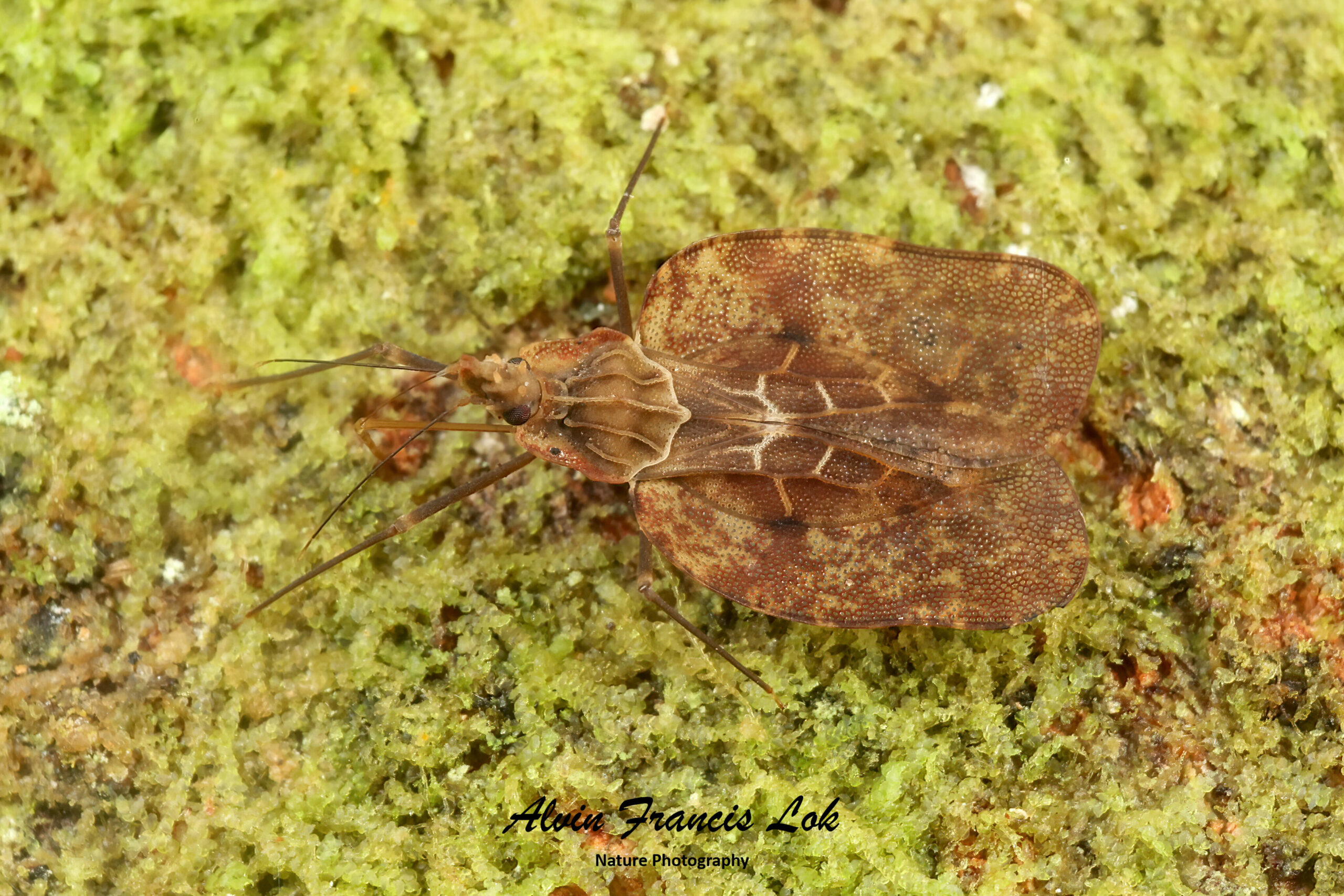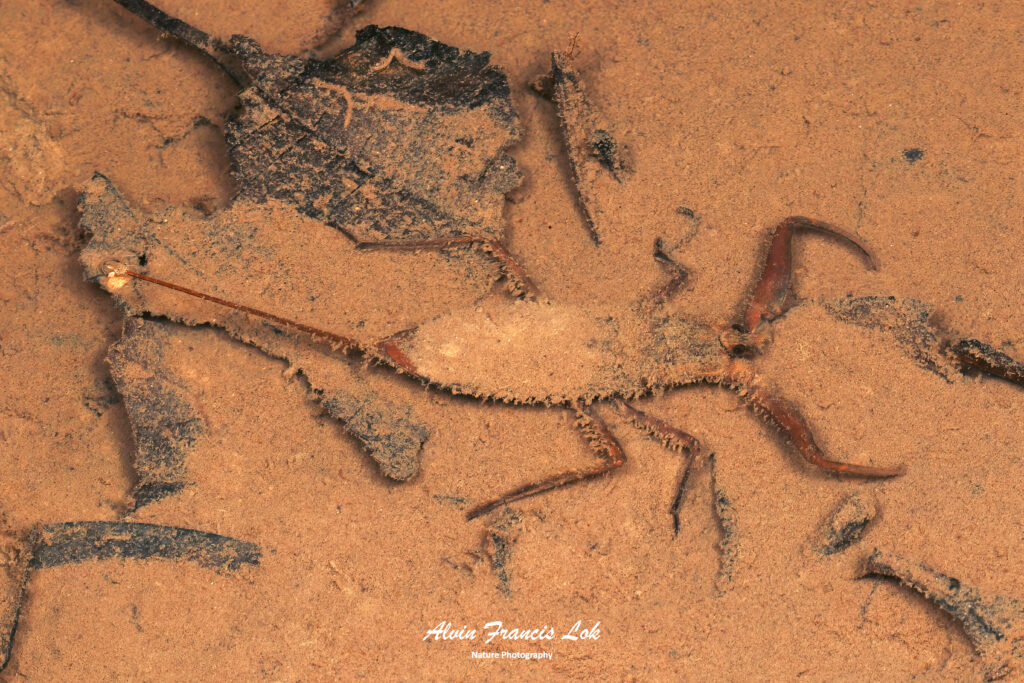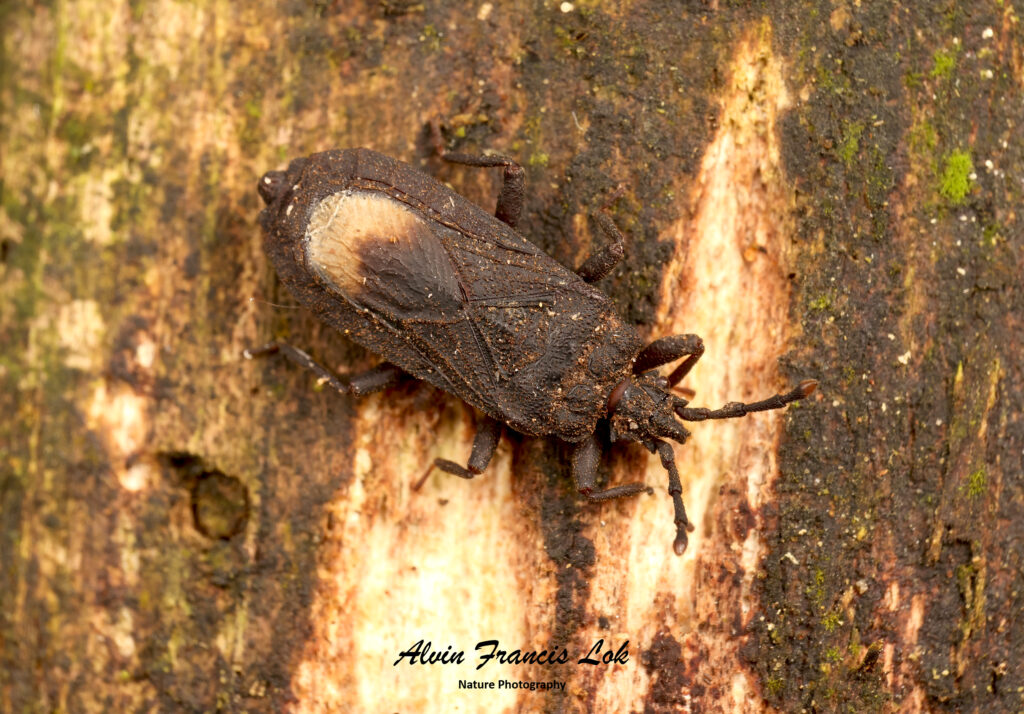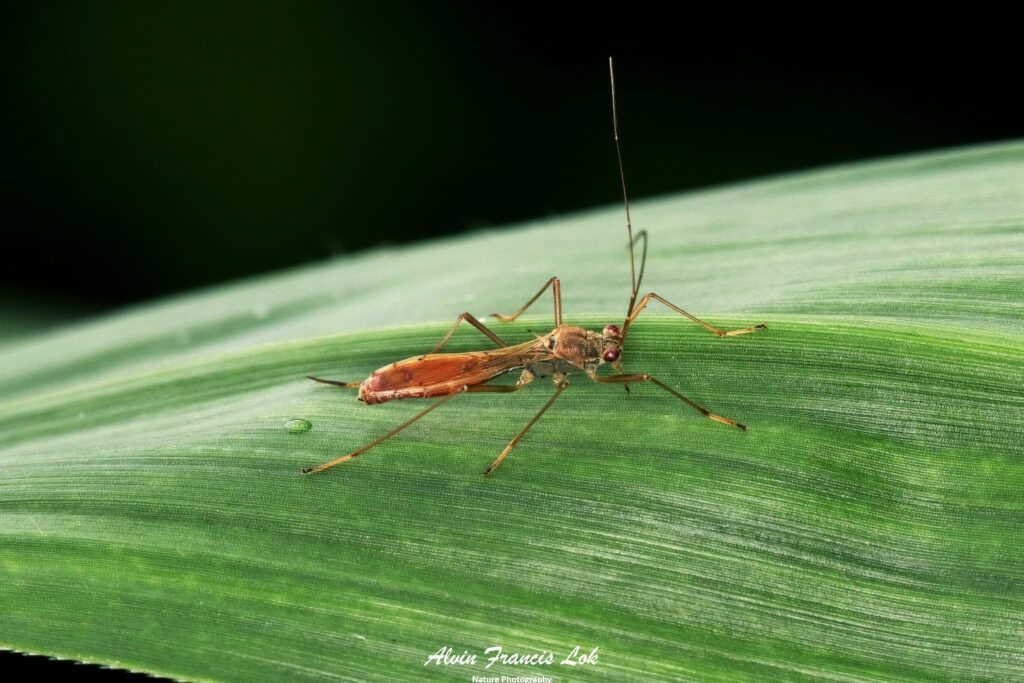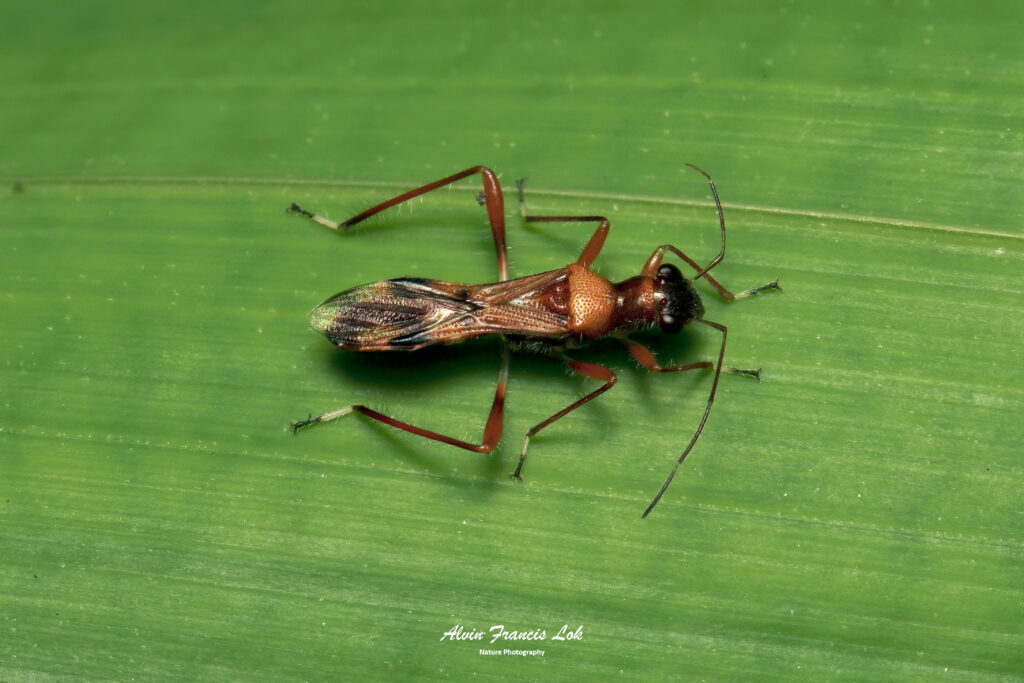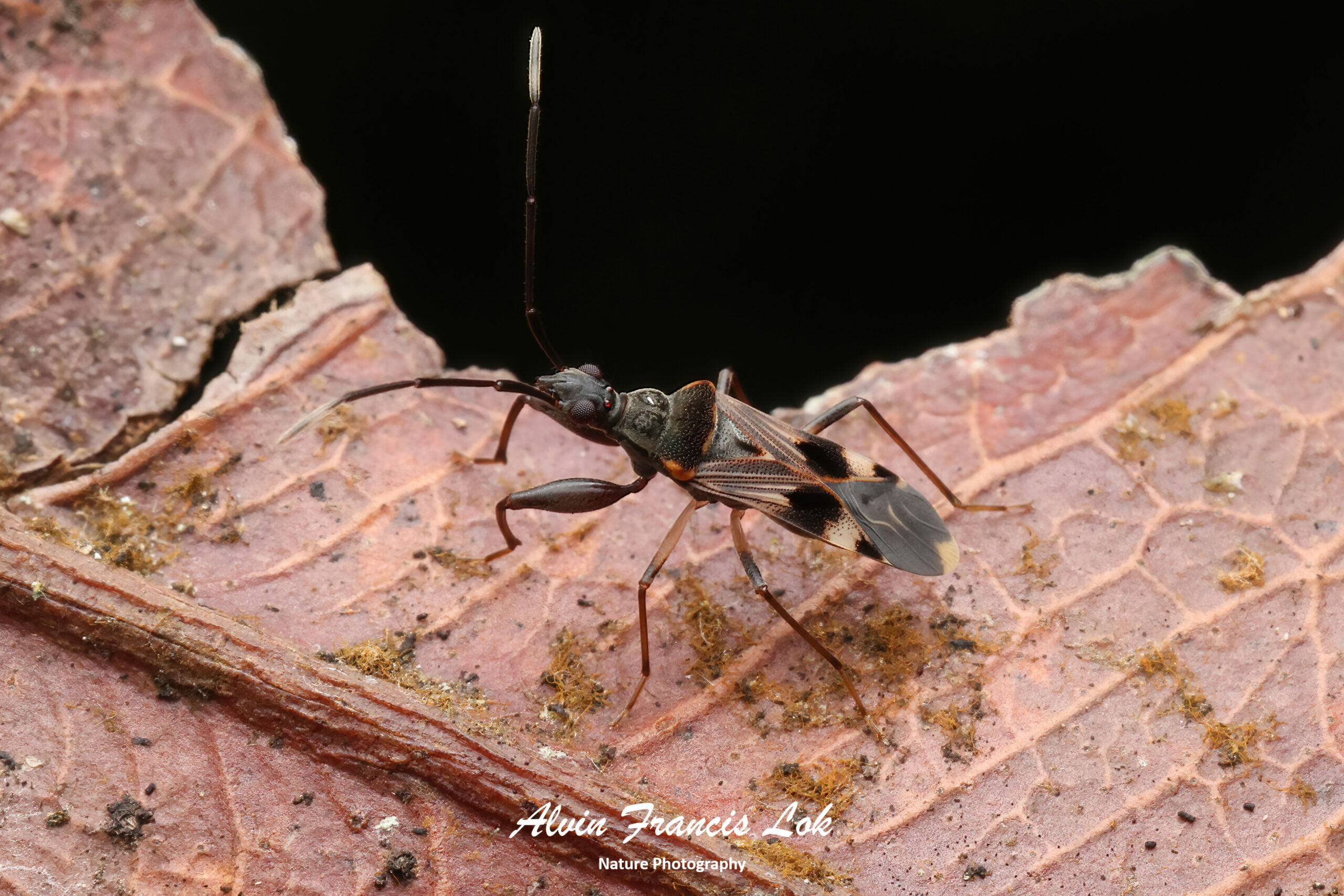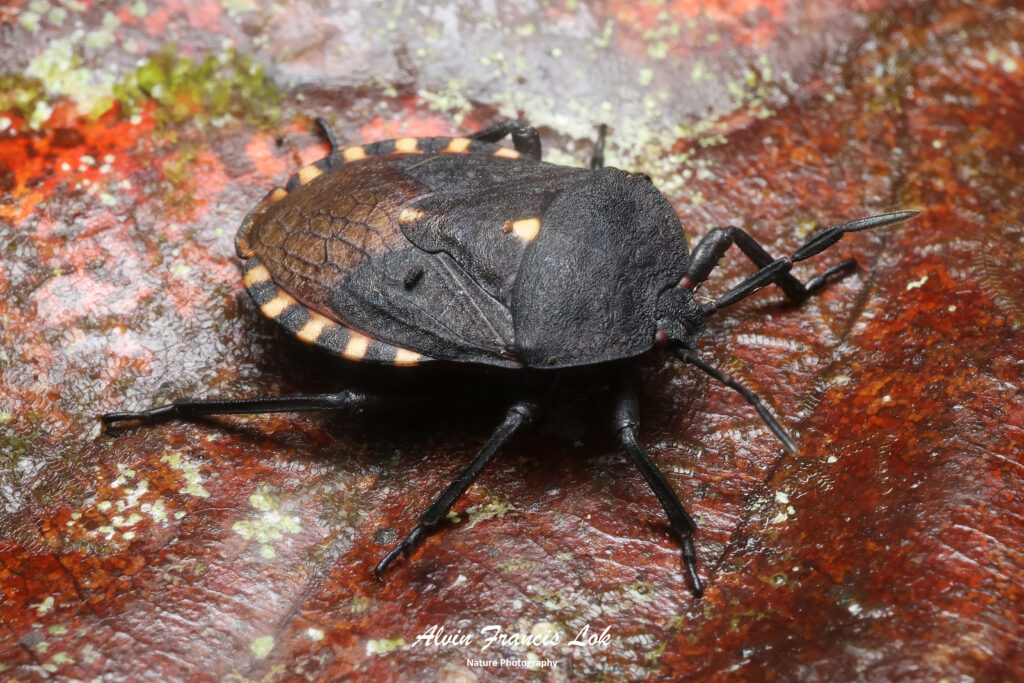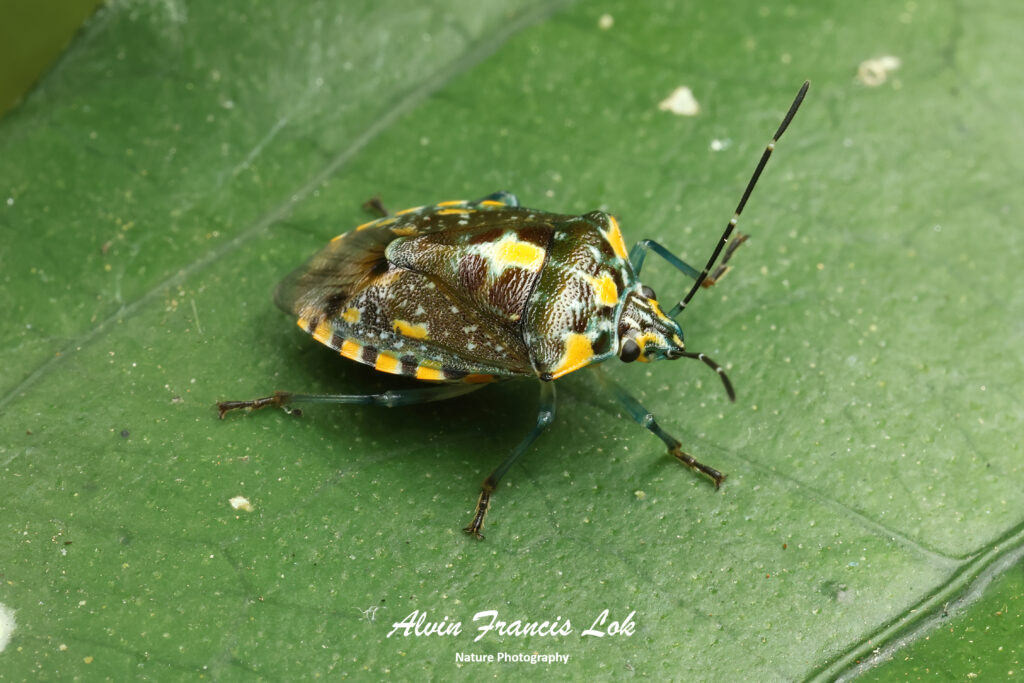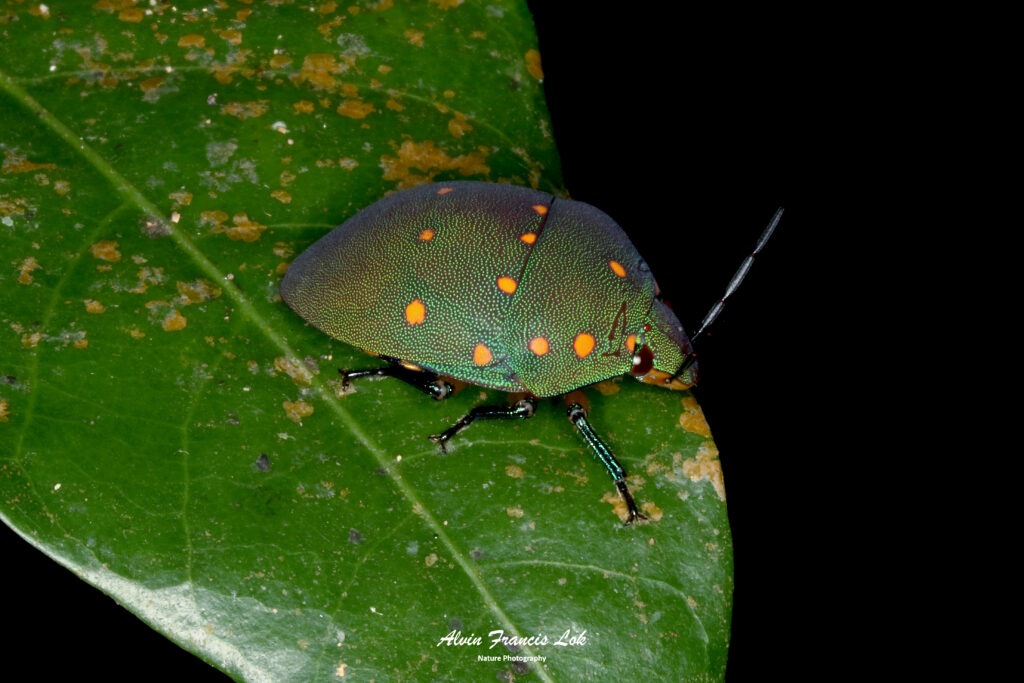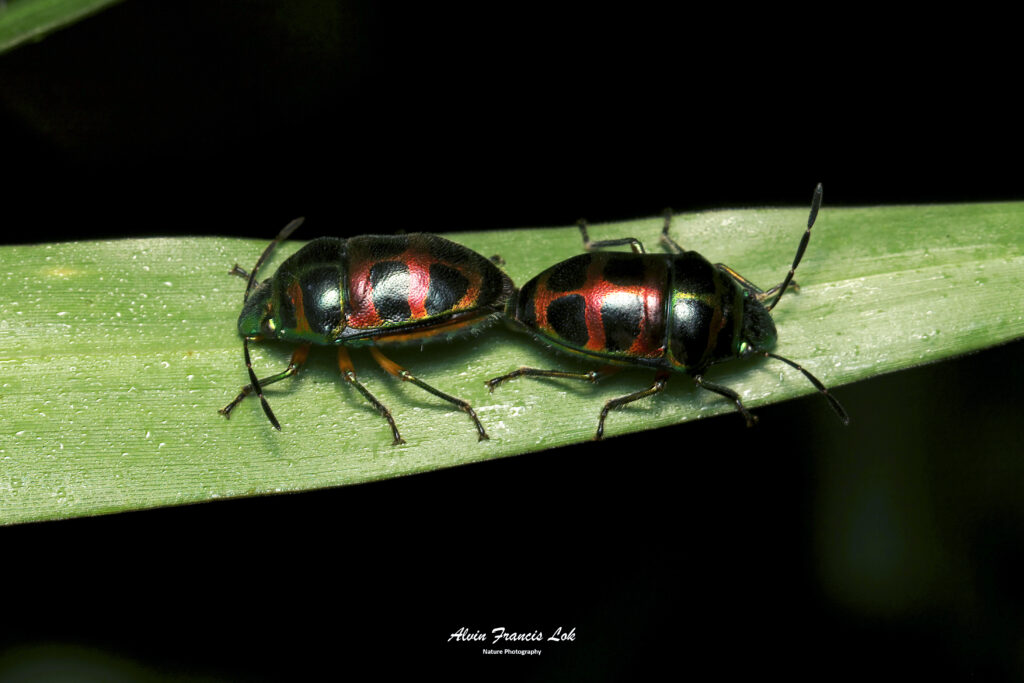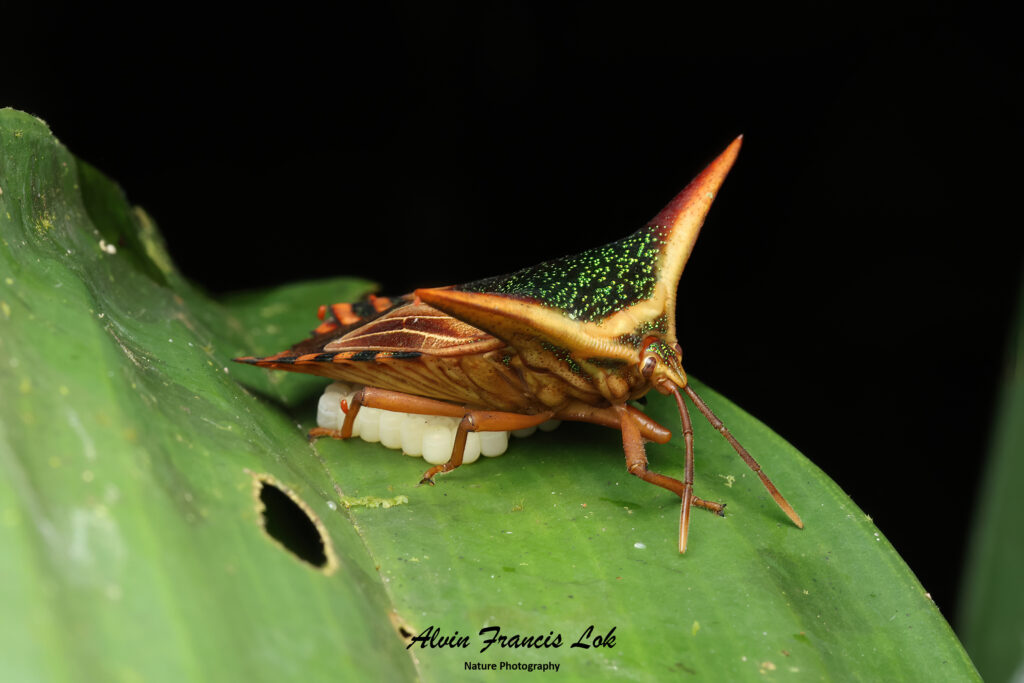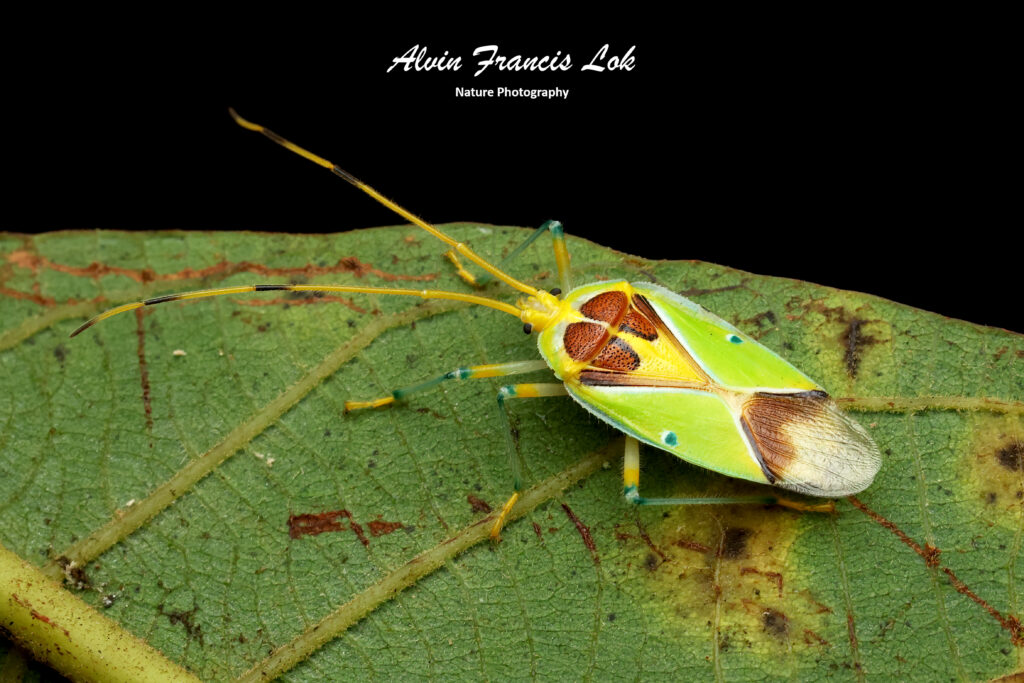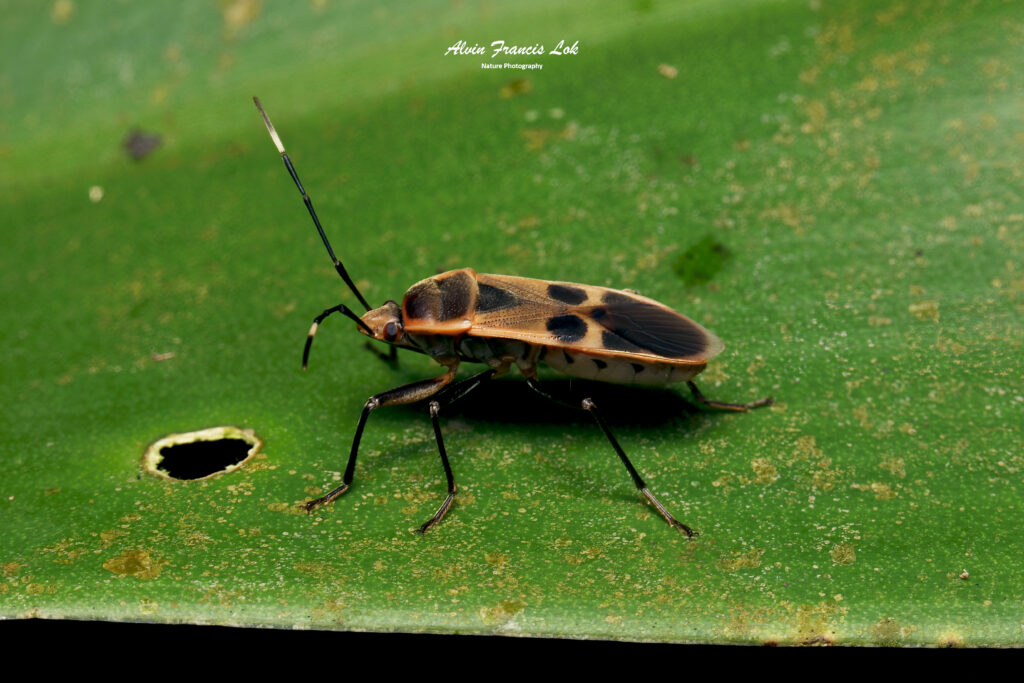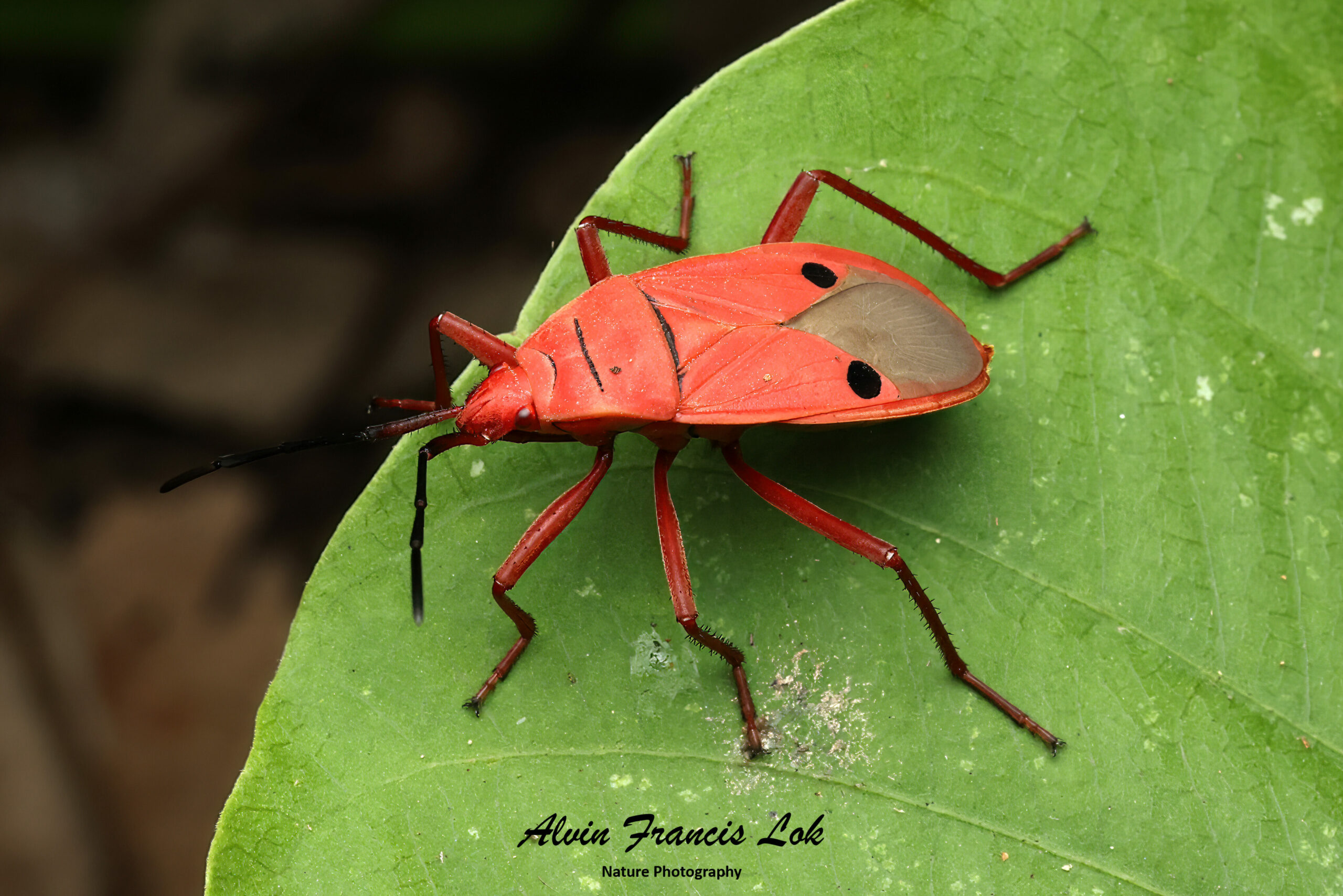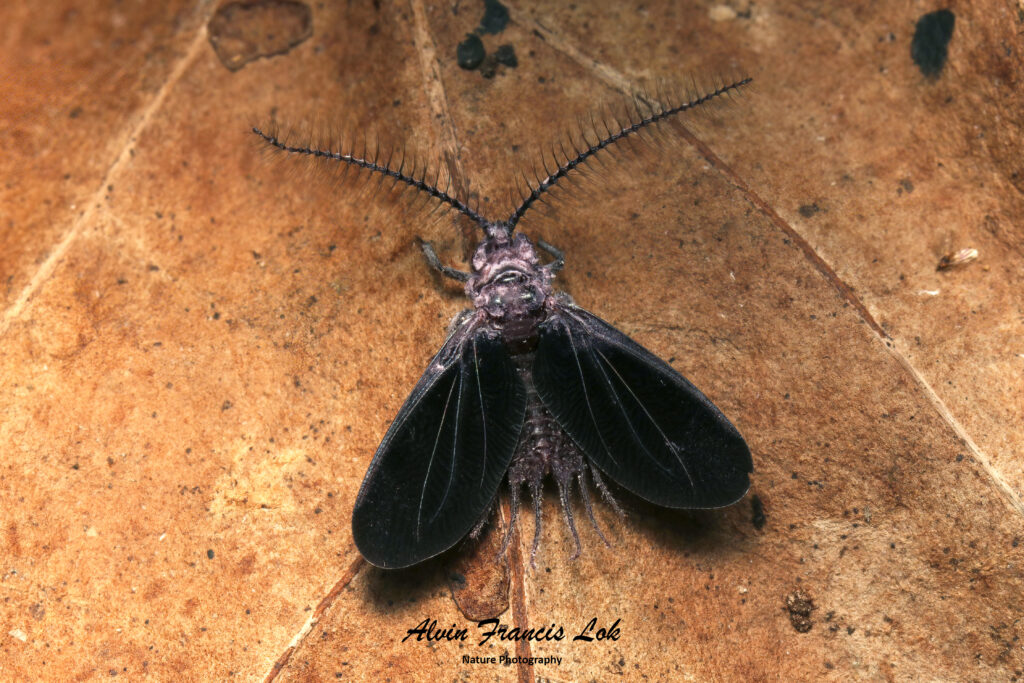Hemiptera comprising over 90,000 species containing groups such as the cicadas, aphids, planthoppers, leafhoppers, assassin bugs, bed bugs, and shield bugs, ranging in size from 1 mm to around 15 cm. Although the Hemiptera vary widely in their overall form, their piercing-sucking mouthparts are distinctive.
In fact, the defining feature of hemipterans is their piercing-sucking mouthparts in which the modified mandibles and maxillae form a sheathed “stylet” within a modified labium. The stylet can pierce woody tissues and sucking liquids, while the labium supports it. The stylet contains a channel for the outward movement of saliva and another for the inward movement of liquid food.
Digestion is driven by a salivary pump that drives saliva into the prey, while suction is via a cibarial pump. Both pumps are powered by substantial dilator muscles in the head. The piercing-sucking mouthparts is usually folded under the body when not in use.
Most hemipterans feed on plant sap, some are bloodsucking, while others such as assassin bugs are predatory, feeding on other insects or small invertebrates. Both herbivorous and predatory hemipterans inject enzymes to begin digestion before the food is taken into the body. In plant suckers, these enzymes include amylase to hydrolyse starch and polygalacturonase to weaken the tough cell walls of plants, while predatory species inject proteinases to break down proteins in the preys’ tissue.
Hemipterans are generally terrestrial although some have adapted to life in or on the surface of fresh water and these includes pondskaters, water boatmen, giant water bugs.
Hemipterans are hemimetabolous, meaning they do not undergo complete metamorphosis, with young nymphs somewhat resemble adults.
Many hemipterans are significant agricultural pests, damaging crops by the direct action of sucking sap, but also harming them indirectly by being the vectors of serious viral diseases. Other hemipterans however have been used as beneficial biological control of insect pests or of invasive plants. A few hemipterans have been cultivated for the extraction of dyestuffs such as carmine, and for shellac while others such as cicadas have been exploited as a source of food. One of the most notoriously persistent pests is the bed bug.
The forewings of Hemiptera in Sternorrhyncha and Auchenorrhyncha are entirely membranous, or partially hardened as in most Heteroptera. In fact, the name “Hemiptera” originates from the Greek ἡμι- (hemi; “half”) and πτερόν (pteron; “wing”), referring to the basal forewings of many heteropterans being hardened, while membranous at the ends, giving the appearance of a hemelytra.
